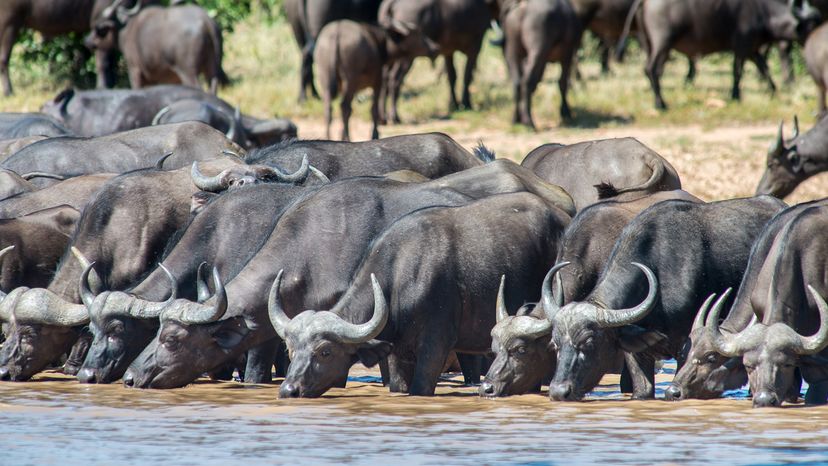
Today, we're exploring one of Africa's most formidable and awe-inspiring animals: the Cape buffalo. This powerhouse bovine isn't just a member of the prestigious "Big Five" — it's also one of the most dangerous animals on the continent.
The Cape buffalo is its most iconic subspecies of African buffalo, dominating the savannas and grasslands of southern and eastern Africa with its sheer size and strength.
Advertisement
Though typically calm, you definitely don't want to cross paths with a herd, especially if a mature bull is nearby. Their protective instincts and power are unmatched, earning them a reputation as a tough and fearless creatures.